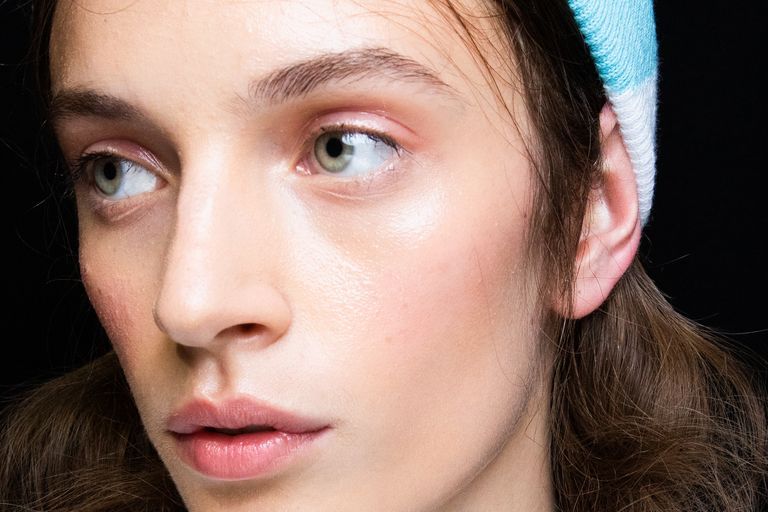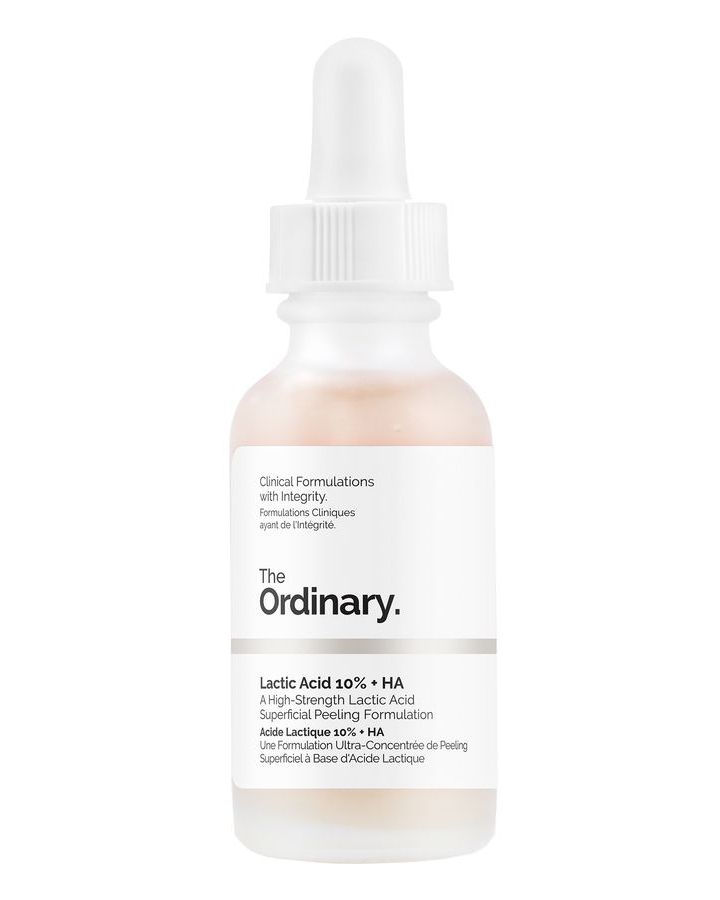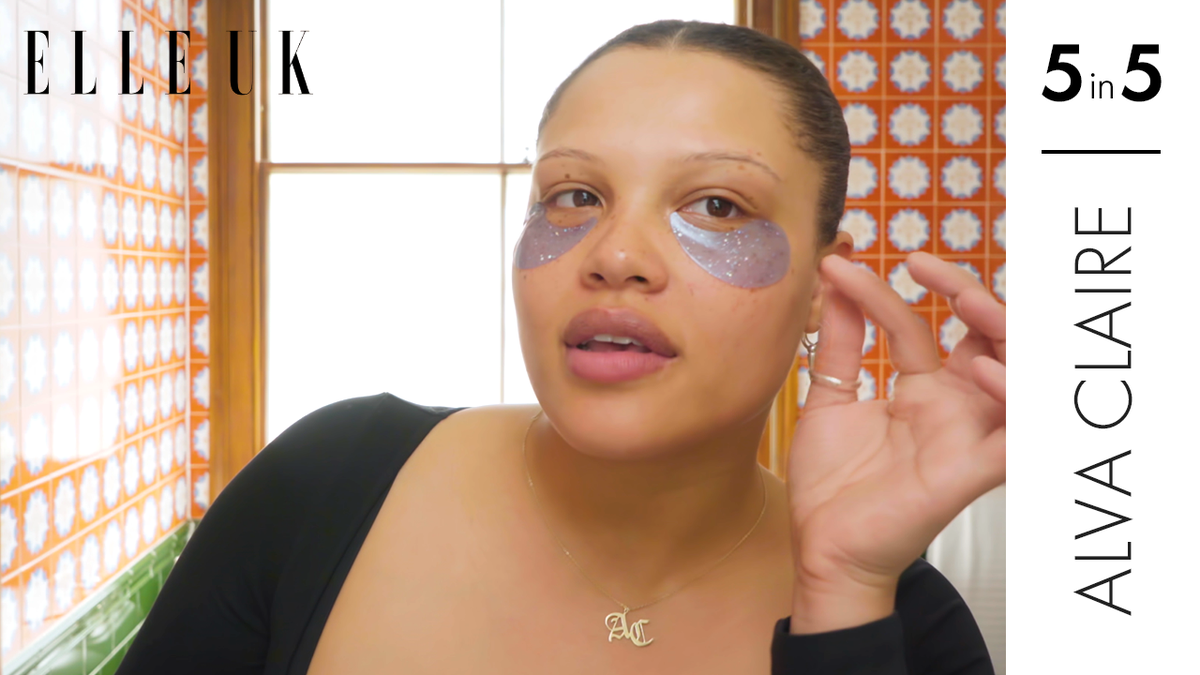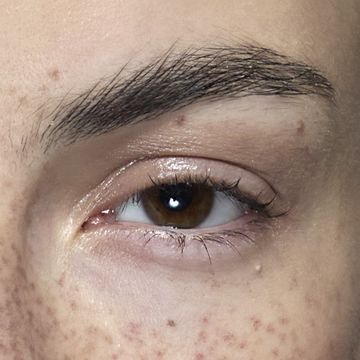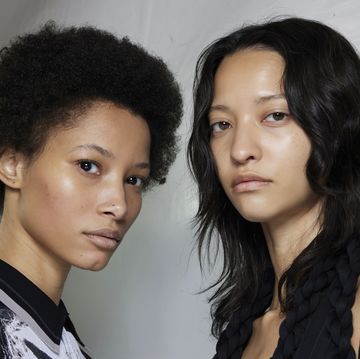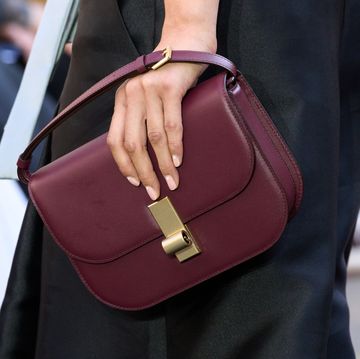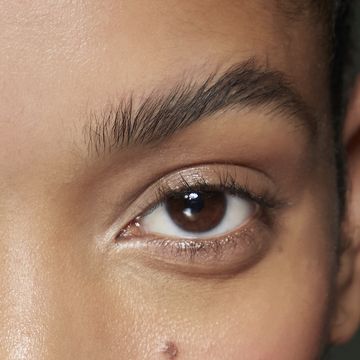Beauty brands have long been pushing glycolic acid as the gold standard when it comes to chemical exfoliation – but if you're sensitive skinned, you'll know this powerful resurfacing ingredient can be a little too much on delicate complexions. Enter lactic acid: the gentler – yet no less effective – acid to know now.
While it's true that lactic acid is, on the whole, a gentler exfoliation option, there are still ground rules that you need to adhere to: in skincare, slow and steady always wins the race (no judgement, we learned this the hard way too).
Here, the experts reveal everything you need to know about using lactic acid on your skin.
What Is Lactic Acid?
‘Lactic acid is a member of the alpha hydroxy acids, aka AHAs,’ explains dermatologist Dr Cristina Psomadakis. ‘This is a class of skin exfoliators that help to increase skin cell turnover by loosening the protein bonds that tie them to the skin’s surface.’
Lactic acid is naturally derived from the fermentation of dairy products, however it can be produced synthetically for use in skincare – and in these instances, it’s also vegan.
‘It comes in different percentage strengths, and studies have shown that it can increase skin firmness, reduce fine lines and improve skin texture. At lower percentages it has a moisturising effect that can protect the skin barrier,’ explains Dr Psomadakis.
As facialist Kate Somerville adds, another benefit of lactic acid is its gentle nature. ‘Lactic acid possesses larger molecules than glycolic, meaning it won’t penetrate the surface of your skin as well, leading to a lighter degree of exfoliation.’
What Skin Types Should Try Lactic Acid?
According to Somerville, the list of lactic acid’s benefits goes far beyond simple exfoliation. 'It’s great for eliminating acne and diminishing the look of wrinkles, discolouration and psoriasis,' she says.
Thanks to its softly-softly approach, lactic acid is a great choice for people who find glycolic too intense – which is a lot of us. Those with dry or reasonably sensitive skin should pay close attention, as it'll offer the same exfoliating qualities as a stronger acid, but with a much lower risk of leaving you red in the face.
What Skin Types Should Avoid Lactic Acid?
It might be the gentler alternative to glory-hogger glycolic, but lactic acid isn’t a catch-all skin solution for everyone.
‘Anyone with extremely sensitive skin, particularly those with skin conditions like eczema or rosacea, should be very cautious when using any exfoliating product and may have to avoid them all together,’ says Dr. Psomadakis, who recommends patch-testing any product (especially those containing acid) on a small area of skin before taking it across your whole face.
Even if you don’t consider yourself an especially sensitive soul, it’s wise to take a less-is-more approach to any acid product, lactic acid included. Be sensible, starting small and slowly building up a tolerance.
‘People overall should be careful not to over-exfoliate or combine lots of different exfoliating products,’ warns Dr. Psomadakis. ‘Overdoing it means compromising the integrity of your skin barrier and can lead to problems like irritation, infection and the development of product allergies.’
Acids are indeed a brilliant tool for regenerating, clarifying and brightening, but it’s important to listen to your skin: a slight tingle is likely ok, but a burning sensation is not. The industry might be fuelling our impatience with a slew of products promising instant transformation, but the best formulas take time to bring changes to the skin: and the wait will be oh-so worth it. Which brings us nicely on to the lactic acid cleansers, serums and creams we’d recommend working into your routine now. Pick one, be patient, and your newly glowing skin will be well on the way.
The Best Lactic Acid Products To Try Now
So, what's the best way to harness this easy-going exfoliator in your daily routine? Lactic acid isn’t restricted to traditional exfoliators – it’s now a key component in gentle cleansers, rejuvenating serums, body treatments and even hand creams.
A cleanser containing lactic acid is a great introduction to the ingredient, as they generally stay on the skin for less time than a serum or moisturiser. If you’re sensitive or in any way nervous about your acid adventure, start here.
Then, there’s a whole world of treatments to explore, from masks and moisturisers to exfoliating wipes and even body creams (brilliant for smoothing keratosis pilaris).

